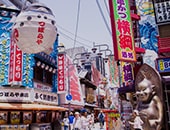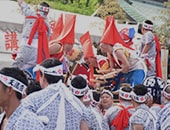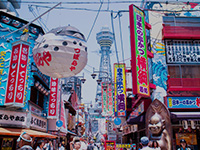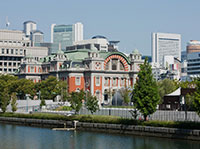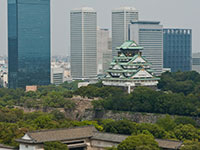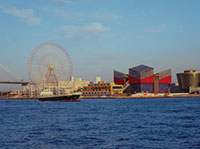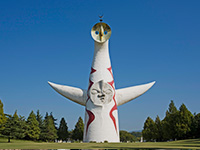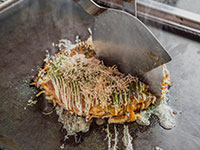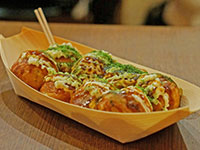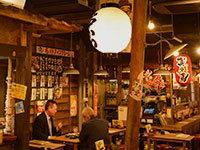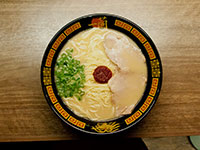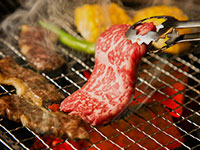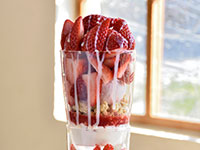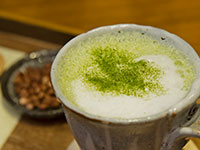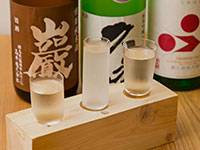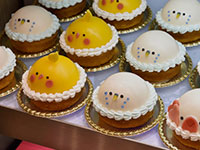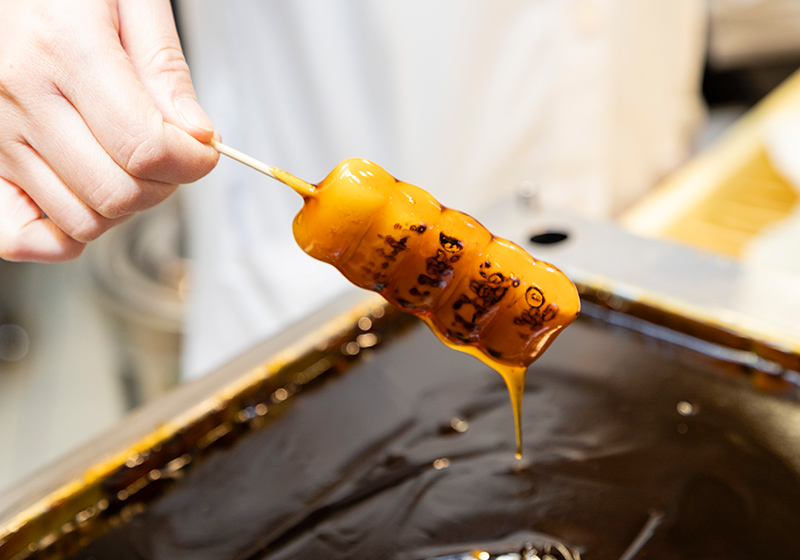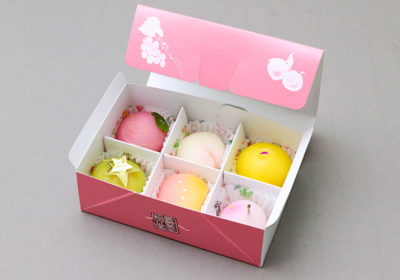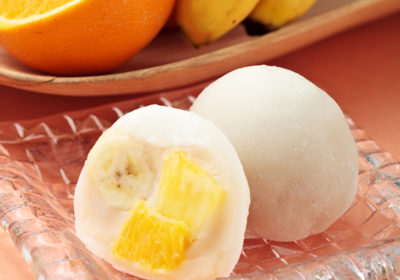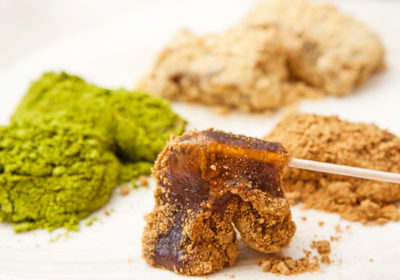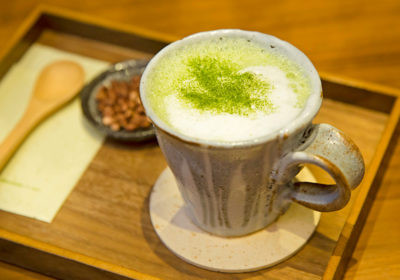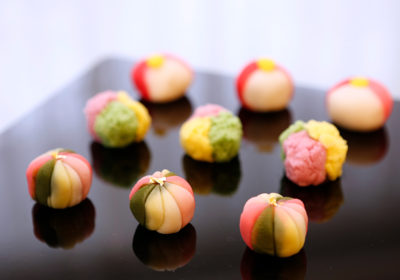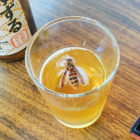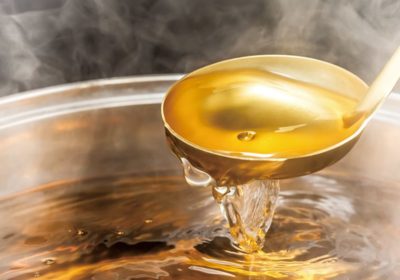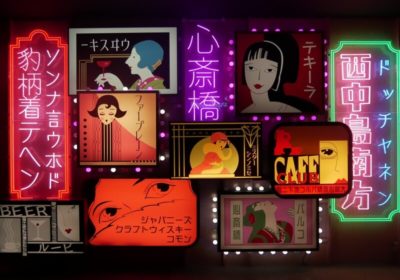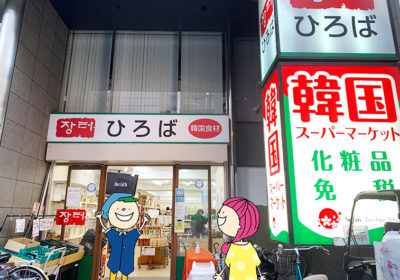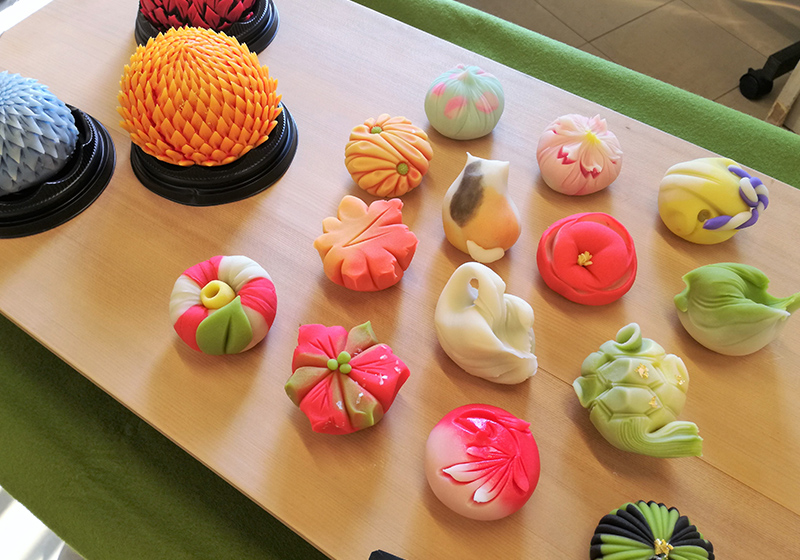

Supporter
Japan’s sweetest vs. its most bitter♡
Prep for tea season with a primer on wagashi
The season for fresh flavorful shincha tea comes once a year in late spring/early summer . Written 新茶, shincha is exactly what the characters mean–new tea. Green tea is harvested multiple times a year and shincha is the very first batch, known for its delicate penetrating green flavor and light aroma. Like most green tea, it pairs well with the sweetness of traditional Japanese confections (wagashi). Here’s a brief intro to the world of Japanese sweets to prepare you for the new tea season, and a few recommendations for where to find delicious wagashi in Osaka.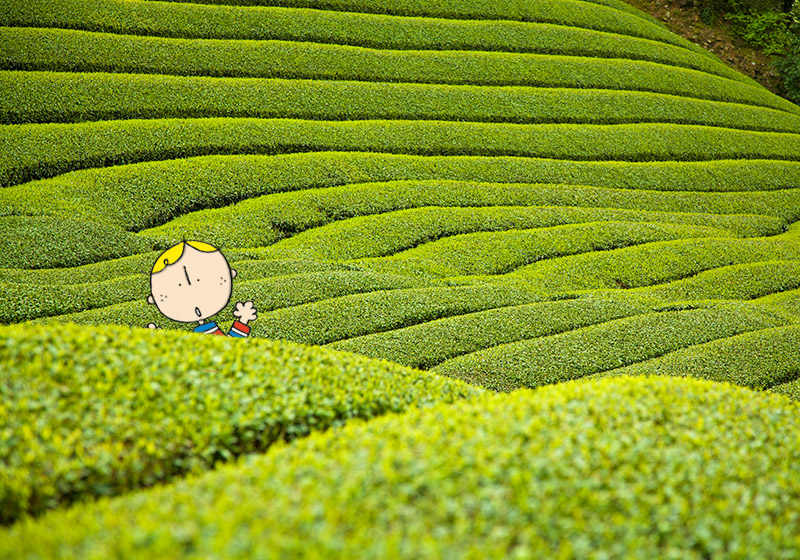
[In this article]
Wagashi Ingredients:
Before getting into the varieties of wagashi, first let’s take a look at some of the ingredients that go into these delicious works of art.
Adzuki beans–Unexpectedly sweet, if you don’t know what to expect. These little red beans are boiled until they become soft and are sweetened with sugar. You’ll find them as a main ingredient in many kinds of wagashi.
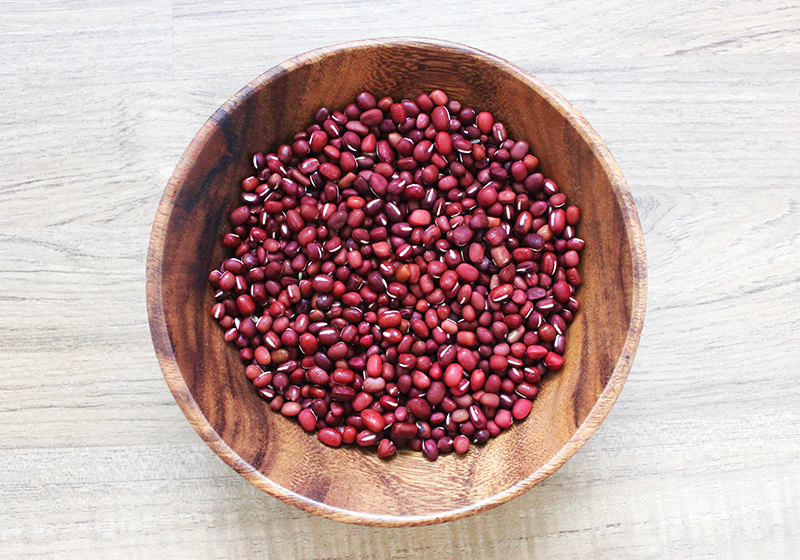 An or Anko–Sometimes referred to in English as red bean paste, or sweet bean paste, this wagashi staple can actually be made from a wide variety of starchy foods, including beans, Japanese pumpkins (kabocha), sweet potatoes, chestnuts, walnuts, and lotus seeds. However, the most common anko is in fact, made from adzuki beans. The many kinds of anko go by different names. When it’s fine and smooth it is called koshi-an (“koshi” meaning sieved). When it is coarsely pressed and the resulting anko is chunky with some beans still intact it is called tsubu-an (the word “tsubu” is used to describe small round objects, like beans).
An or Anko–Sometimes referred to in English as red bean paste, or sweet bean paste, this wagashi staple can actually be made from a wide variety of starchy foods, including beans, Japanese pumpkins (kabocha), sweet potatoes, chestnuts, walnuts, and lotus seeds. However, the most common anko is in fact, made from adzuki beans. The many kinds of anko go by different names. When it’s fine and smooth it is called koshi-an (“koshi” meaning sieved). When it is coarsely pressed and the resulting anko is chunky with some beans still intact it is called tsubu-an (the word “tsubu” is used to describe small round objects, like beans).
 Shiro-an–Another commonly used type of anko, especially in the more refined confections like nerikiri. This creamy, smooth, white anko is made from white beans, often navy beans.
Shiro-an–Another commonly used type of anko, especially in the more refined confections like nerikiri. This creamy, smooth, white anko is made from white beans, often navy beans.
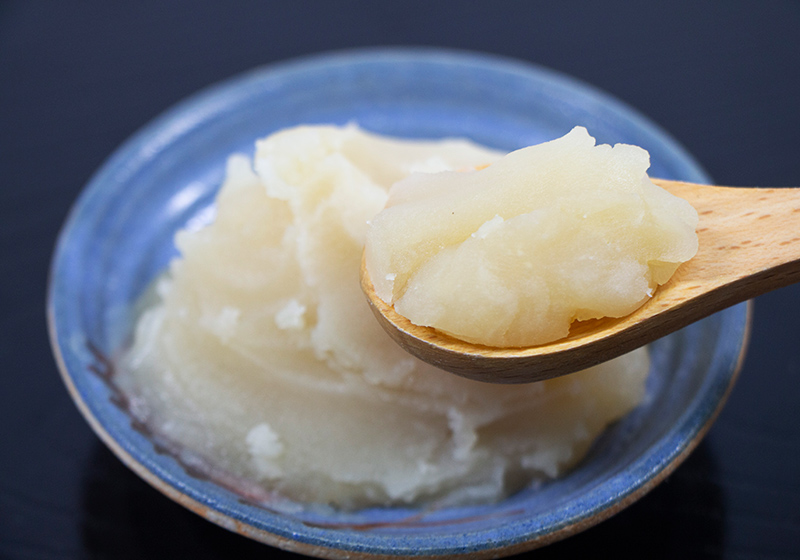
Mochi–Known as rice cakes by some, mochi is made from rice with a high gluten content and pounded or kneaded together until it becomes soft and smooth. If nothing is added to the mochi it will become stiff at room temperature, but it is further processed by adding syrup or amylase to make it soft and sweet for use in wagashi.
Traditionally mochi would be made using a large wooden mallet and pestle as seen below.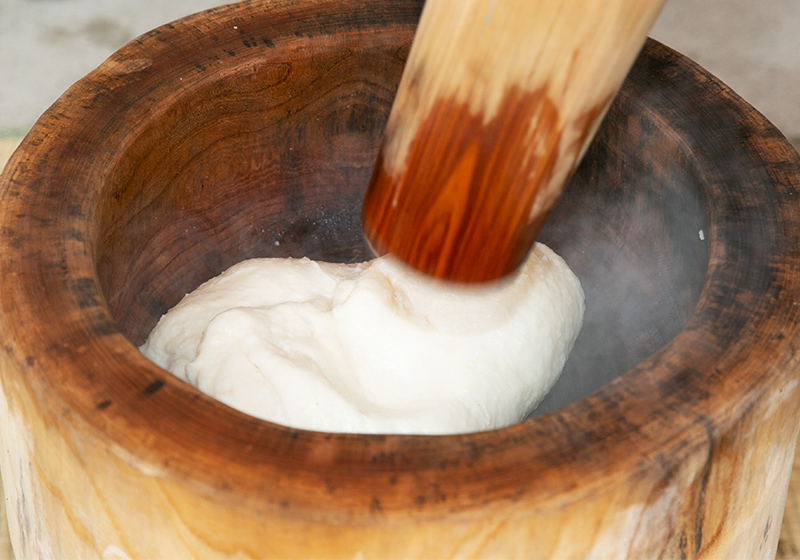
Fruit Mochi
This is perhaps the most well-recognized wagashi sold overseas. Fruit mochi that you’ll see most often in Japan is the strawberry daifuku. Keep in mind it is seasonal so confectioners will only carry it for a few months every year. Traditional daifuku are simply round soft mochi filled with anko, but the strawberry daifuku goes above and beyond. When you bite into this soft round confection, it will reveal a shiro-an center enveloping a whole juicy strawberry. The balance of textures and flavors is heavenly. Specialty shops will make you wish you could eat twenty in one sitting. Variations of fruit-filled mochi include the likes of grapes, cherries, pineapple, mango, blueberry, and more.
Seasonal fruits are used year-round at Shoutikudou. Delectably delightful, they’re cute and colorful and all handmade.
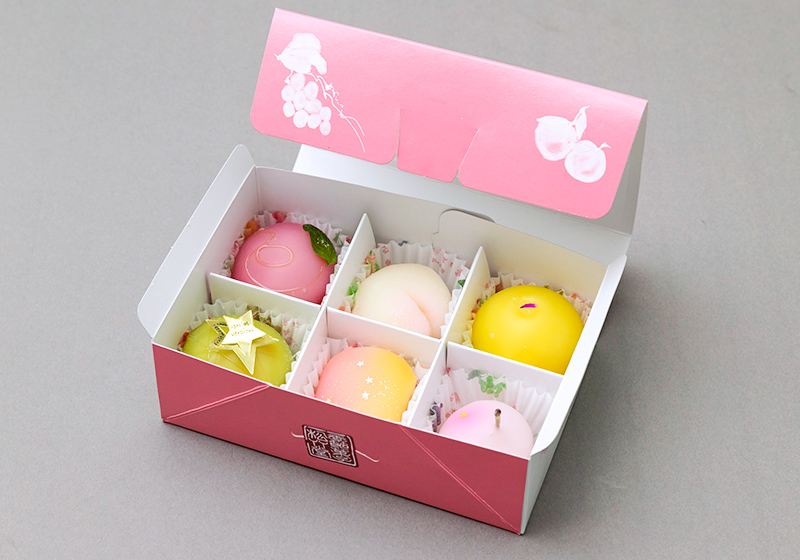
Try the “mixed juice” mochi at Momoya Sweets Kosaka location. The combination of orange, banana, and pineapple flavors turns this traditional sweet into a burst of tropical deliciousness.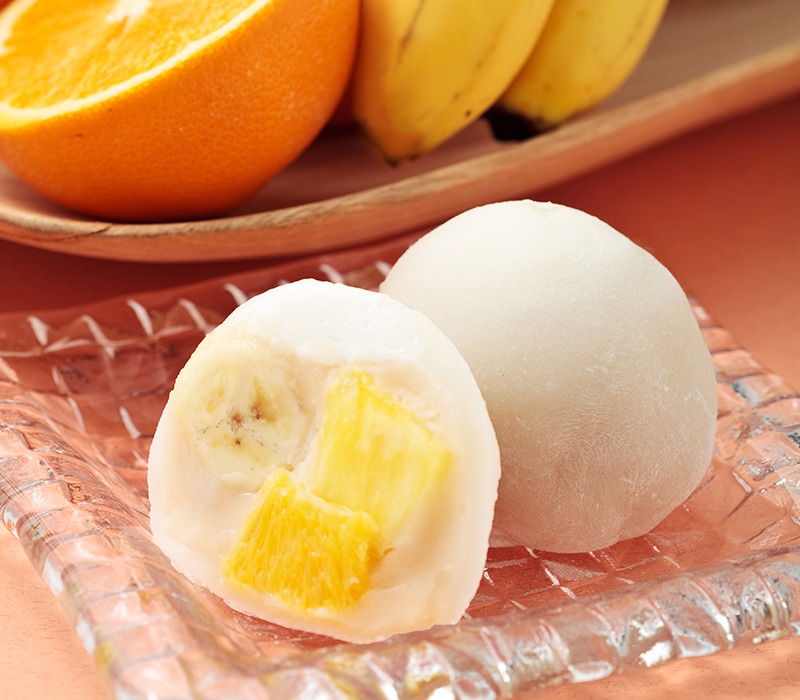
Warabi Mochi
Don’t let the name fool you! These are not made from rice so the consistency is completely different from regular mochi. They are gelatinous, but with a hint of chewiness. And they are transparent, which makes them especially refreshing on a warm summer day. The main ingredient is bracken starch, which is made from the roots of a type of fern. However, to reduce production costs, it is sometimes made from a tuber starch (katakuriko). If you’re lucky, you might encounter a truck selling warabi mochi on the streets of Osaka. Like an ice cream truck, they drive slowly and play a special song to draw in potential customers.
It is usually served with kuromitsu (brown sugar syrup) and coated in kinako (roasted soybean flour) or matcha powder.
Wagashi Isshin makes a special warabi mochi made from bracken starch and lotus root. And you can decide between different powdered toppings for your favorite flavor combination.
Mitarashi Dango
These chewy mochi dango are skewered and either warmed in a thick sweet soy sauce or grilled before being coated with sweet soy glaze. They are the perfect handheld snack to eat on the go. If you like your sweets with a hint of salt, these are for you!
The Kiyasu Sohonpo near Juso station sells them fresh off the grill.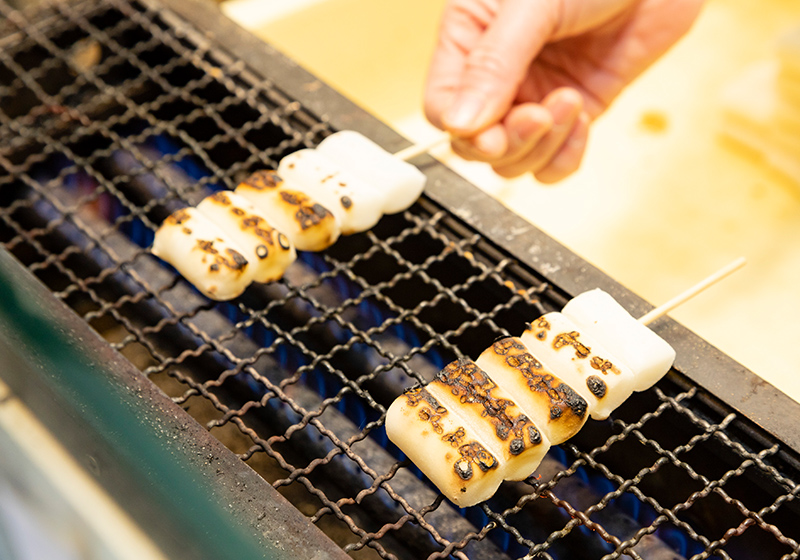
Monaka
Somewhat akin to an ice cream cone filled with bean paste, these crunchy snacks with sweet centers have a long history in Japan, dating back to at least the Edo Period (1603-1868). Traditionally they were not filled at all, and eaten as crispy wafers made from water and glutinous rice powder. Over the years, they evolved into the wonderful anko-filled wagashi we know today, which come in a variety of interesting shapes. The most common filling is anko, but specialty shops might serve them with whipped cream, mochi, matcha powder, and any other tasty combination.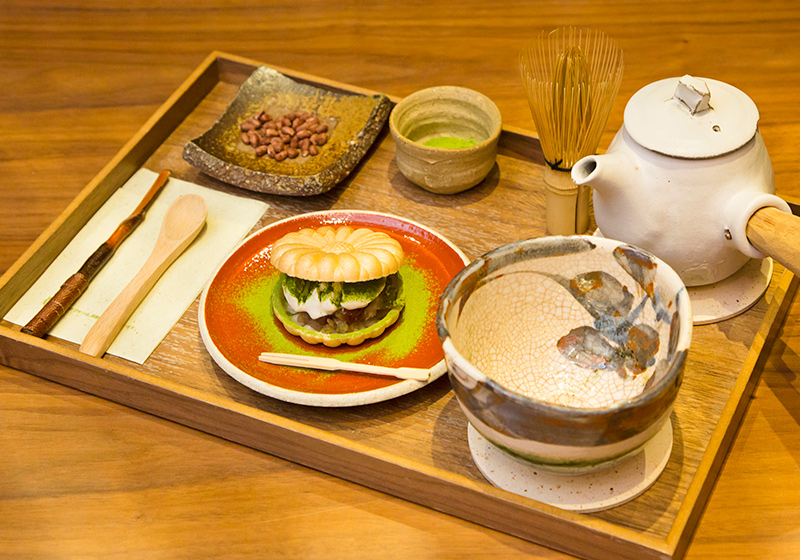
A popular summer treat is the ice monaka, which is essentially a scoop of ice cream sandwiched in between a monaka capsule.
Zerokku is one of Osaka’s oldest coffee shops, which has been in business for over 100 years, serving ice monaka the old-fashioned way. Available for eat-in or take-out.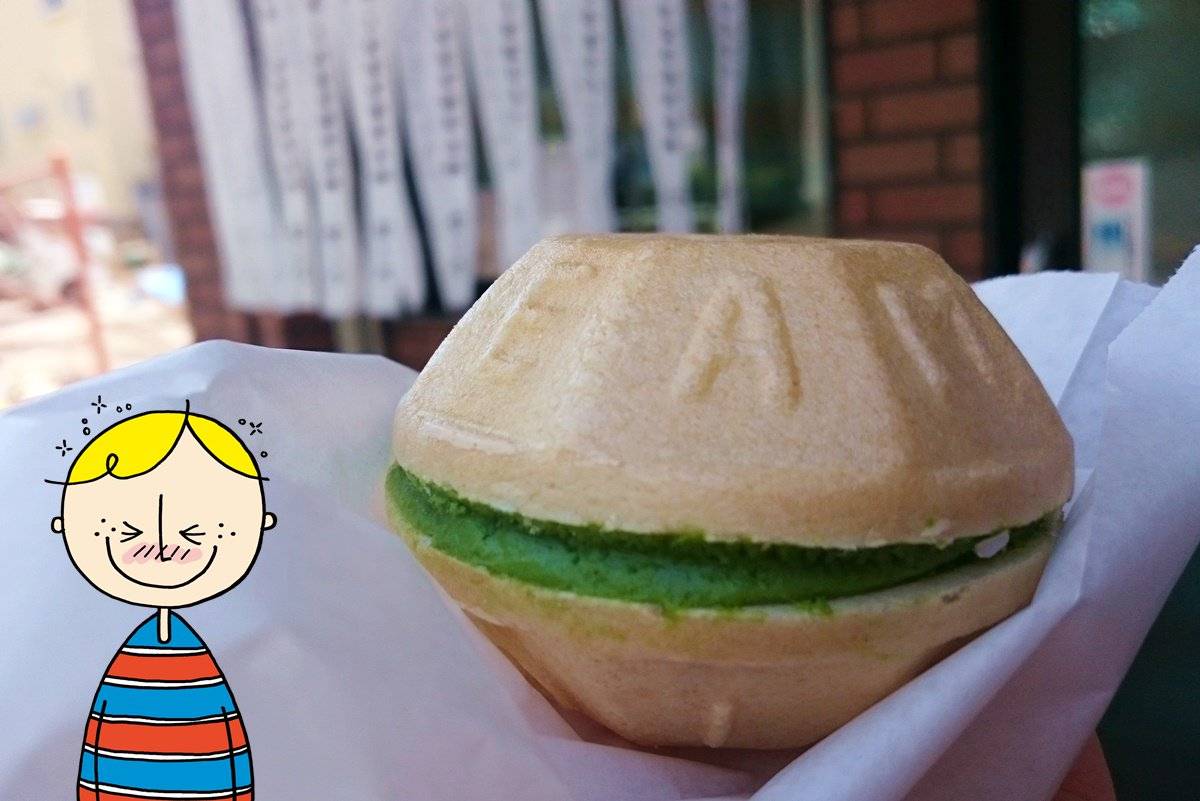
Nerikiri
These bite-sized delicacies are not to be consumed in one mouthful, but slowly enjoyed in small pieces after cutting with a wooden pick. Made from white bean paste and a thickener like yam paste or flour, nerikiri are delicately molded into different shapes like seasonal flowers, fruits, animals, and even anime characters. This wagashi has an elegant texture and refined flavor. It’s often served at tea ceremonies and is a treat for the eyes as well as the tastebuds.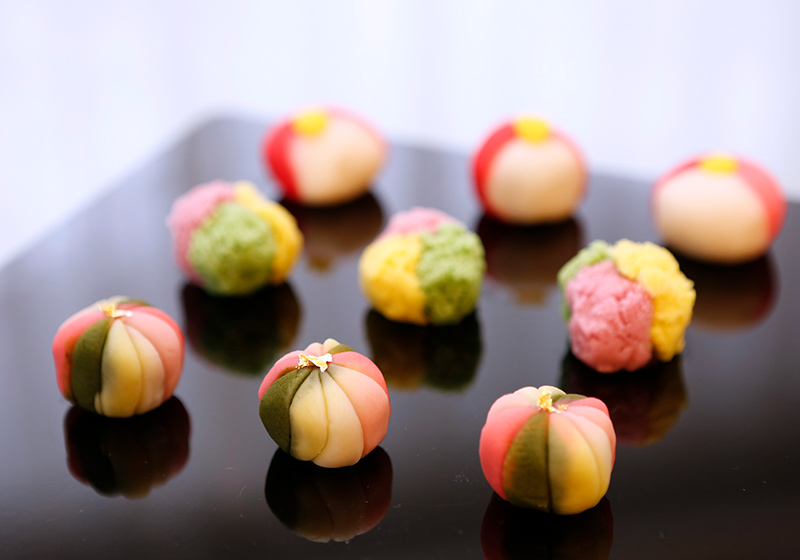
Learn how to make these traditional sweets when you visit Osaka at Washoku Home Cooking Machiko.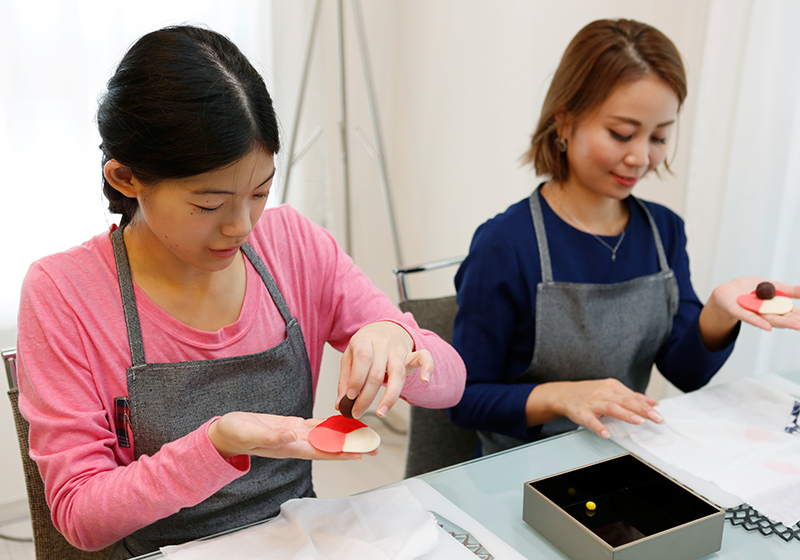
So that’s the crash-course in wagashi. I hope you learned something and you get to eat some of these delicious sweets when you visit Osaka. There are many more kinds of wagashi too, so look forward to a part 2.

Supporter
The contents of this page were current at the time it was posted, but may differ from the present.
Text visible in this map is based on information from Map Tiler and may differ from actual geographical names.






